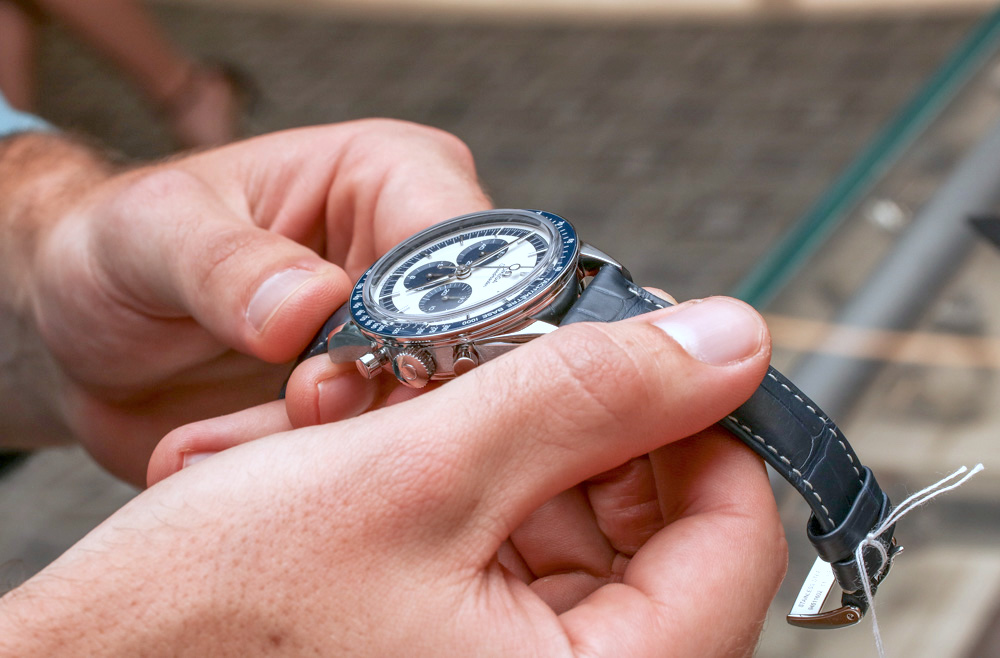Egyptian Revival had its greatest influence over jewellery design and is reflective of the opulence of the Art Deco period.
The emphasis of design influence started with Napoleon and his campaign in Egypt in 1798. This fascination with all things related to ancient Egypt was soon followed by the discovery of ancient ornaments by French Archaeologist August Mariette in the 1860’s. But perhaps the most influential of all of these events was the discovery of Tutankhamun’s tomb in 1924 by Howard Carter. It was during this time that there was a surge in Egyptomania, from clothing, architecture and to jewellery, the influence was tremendous. The geometric stylisation of Ancient Egyptian artwork, artefacts and jewellery worked beautifully in sync with the clean cut linear stylisation, bold colours and lavish ornamentation that is symbolic of the art deco period.
One only needs to look at recent sales at major auction houses to see how heavily designers were influenced. Cartier were just one fine jeweller whose designs embodied this movement. The below brooches became iconic of Cartier’s adoration of Egyptian revival.
Carlo Guiliano was another pioneer of revival jewellery. His brooch is symbolic of the movement and has been coveted by many collectors, and is perhaps one of most favoured pieces.
It is little wonder these pieces remain popular to this day and attract record figures at auction. The simple structural lines combined with the extravagance of Ancient Egyptian paraphernalia embody the Art Deco period perfectly. The pieces designed and created during this decade, were, in my eyes, representative of an exciting time of discovery and appreciation of a fascinating ancient civilisation.
Perhaps in your jewellery case there is a hidden treasure from this period.




